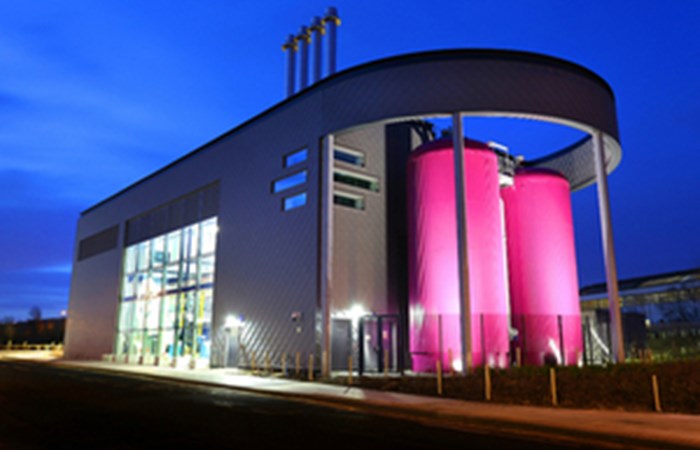Department for Business, Energy and Industrial Strategy and Nick Hurd MP

The 24 million is spread across projects from Sheffield to Somers Town, which will soon help warm homes and businesses with low carbon energy.
This is the first round of funding from a 320 million pot set aside to support heat networks, which have been dubbed central heating for cities and have the potential to reduce heating costs in some cases by more than 30%.
The networks remove the need for individual properties to have their own boilers by linking them to a single heat source.
Climate Change and Industry Minister Nick Hurd said:
This Government is committed to ensuring a clean, secure and affordable energy supply for communities and businesses across the country.
Energy innovations like heat networks can cut costs for households and reduce carbon emissions, as almost half of the energy we use goes towards heating our homes and buildings.
The 24 million in Government funding awarded to these projects will help deliver low carbon energy at competitive prices for local consumers.
Nine of the winning authorities will receive a share of just over 24 million of capital funding to support the building of their projects, with around 200K in early stage funding for a further four authorities to develop their plans. This will build a pipeline of high quality projects ready to compete for future rounds of capital funding.
Winning entries at the building stage include four projects in London, two in Manchester and one each in Sheffield, Crawley and Colchester. Support was won at the planning stage by projects in Trafford, Islington, Buckinghamshire and Middlesbrough.
Heat networks use technologies such as biomass boilers, heat pumps, energy from waste, combined heat and power (CHP) plants and even heat from deep below the earths crust. They can also use recycled waste heat from places like factories, power stations and even the London Underground and pump it into homes and businesses to keep them warm.
The scheme will run over five years and is expected to enable up to 200 heat networks to be built, while leveraging around 2 billion of wider public and private investment.
Heat networks have already been used successfully in the UK, and are popular across Scandinavian cities for keeping homes warm in winter. The winners of this pilot will now begin to build their projects, with further funding available over the next four years to support hundreds more. The department aims to launch the main funding scheme by the end of 2017.
Notes to Editors
-
This initial funding was open to local authorities in England and Wales and public sector bodies who submitted applications last November. The total value of the fund over five years is 320m and in future years this will be opened up to a wider set of applicants. More information about applying for the scheme.
-
The estimated 30% reduction in heating costs is sourced from AECOM (2015) Assessment of the Costs, Performance, and Characteristics of UK Heat Networks. It compares estimated heat price for a small flat (10.24p/kWh) with average heat price from heat networks studied (6.43p/kWh) pp. 35-36.
- The nine winning projects will receive a share of just over 24 million, and will build networks using a variety of technologies:
- Sheffield District Energy Network development- Energy from waste plant
- Somers Town (Phase 2), Camden- Gas Combined Heat and Power (CHP) plant
- Manchester Civic Quarter Heat Network- Gas Combined Heat and Power (CHP) plant
- Colchester Northern Gateway- Heat pump
- Wood Street South, Waltham Forest, London- Gas Combined Heat and Power (CHP) plant
- Becontree, Barking & Dagenham- Gas Combined Heat and Power (CHP) plant
- Church Street District Heating Scheme, Westminster- Gas Combined Heat and Power (CHP) plant
- Crawley Town Centre Heat Network- Biomass boiler and Gas Combined Heat and Power (CHP) plant
- St Johns Heat Network, Manchester- Gas Combined Heat and Power (CHP) plant
-
An energy from waste plant burns refuse such as household and garden waste to generate electricity and/or heat.
-
Combined Heat and Power (CHP) plants produce both heat and power simultaneously, often using reciprocating engines and water jackets to collect the heat. Combining generation of heat and power in this way can reduce carbon emissions by up to 30%.
-
A heat pump takes heat from the environment (e.g. air, ground, water but in this case heat from ground water), boosts it with a pump and it is then circulated to buildings on the network.
- A biomass boiler burns sustainable wood product e.g. pellets or chips to create heat.
